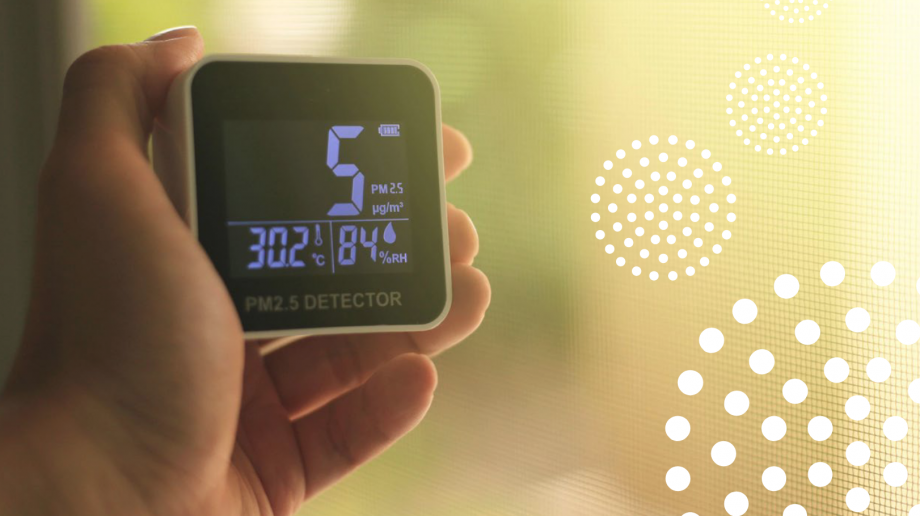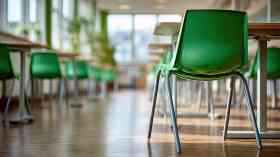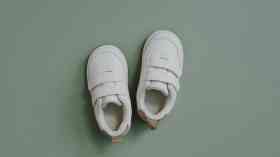
The importance of indoor air quality in schools
Good indoor air quality (IAQ) has come to the fore as an essential way to keep students and staff safe from potential health threats since COVID-19 hit, but this isn't just a pandemic issue, writes Martin Fahey, head of sustainability at Mitsubishi Electric
While recent conversations have largely been governed by when schools can reopen their doors, creating healthier classrooms for pupils to return to must also be on the agenda, and clean, fresh air is the bare minimum we should be providing to ensure student health, happiness and success.
From primary school through to university, we should be focused on whether the right measures are in place to protect students and teachers alike from the adverse effects of poor indoor air quality.
The negative impact of poor IAQ
Before considering how to improve IAQ in schools, it’s important to understand why poor air quality can be so damaging, and the negative effects it can have.
Cognitive performance has been found to reduce by 50% when individuals are exposed certain levels of CO2 during a working day, a level which can be lowered significantly via ventilation. Alarmingly, high CO2 levels are not uncommon in UK classrooms when the principle ventilation is via opened windows.
Synthetic building materials and furnishings, cleaning supplies and aerosols, dust, carpet fibres and photocopy residue are all commonly found in schools, and are all examples of Volatile Organic Compounds (VOCs) which add to the concentration of harmful pollutants in the air. Aside from levels of CO2, Public Health England has also noted the link between these VOCs and overall health and wellbeing, as they can negatively impact decision making and productivity. Studies have also found that poor IAQ can impair teaching effectiveness and instructional practices which in turn affect student's academic achievement.
The current picture for schools
Now we understand why poor indoor air quality is so dangerous, let’s put that into context and consider the current design of schools.
Decades of under-investment in school buildings has been brought sharply into focus by the pandemic. School managers had very few weapons at their disposal with which to fight the virus and what budget they did have was largely used up on social distancing signage, improving handwashing facilities and Personal Protective Equipment (PPE).
When it became apparent that the virus is spread through the air, most had no adequate mechanical ventilation and reverted to opening windows to try and increase airflows. Now that schools are reopening, they are at least armed with greater knowledge about how the virus moves around indoor spaces, but few have the means to act on that knowledge.
In fact, many can’t even open all their windows, and most urban schools should not because of their location next to busy roads making them vulnerable to air pollution and noise. Some schools have previously invested in hybrid ventilation – low powered fans that are encouraged to move air – but this is often not an effective way to ensure fresh air is being circulated. These fans are classed as ‘natural ventilation’ because of how low the power level is, and do not move air consistently. This model also mixes the incoming air from outdoors with indoor air, in order to make it a more comfortable temperature. During- and following - the pandemic, air entering the classroom should be filtered, and not mixed with their air being breathed in by students.
The national media usually turns to architects when addressing any building-related issue, but they are not the profession charged with making buildings work, live and, in effect, breathe. That is the responsibility of engineers.
Architects tend to focus on the aesthetics and how the spaces work. This can give them an affinity to natural ventilation, which they also champion as part of the net zero carbon agenda. However, if you are forced to open windows during the colder months, you will be watching your energy bills soar and carbon footprint grow as expensively generated heat escapes. In any case, opening windows or using low-powered ventilation does not guarantee the air change rates needed to reduce viral loads.
Improving IAQ through ventilation
So, what can be done to improve indoor air quality in schools and educational settings? Ventilation is one key factor, but just opening windows isn’t always enough. Mechanical Ventilation with Heat Recovery should therefore be present to ensure a steady stream of fresh air throughout the school and university buildings.
These systems remove stale air, filter pollutants and bring in fresh air from the outside, helping to keep occupants alert and capable. They also do not mix air flows – overcoming the issue posed by hybrid ventilation systems.
But in these days of energy consciousness, particularly in the education sector, it is also important to find ways of minimising energy wastage.
Mechanical Ventilation with Heat Recovery (MVHR) systems can recover up to 80% of valuable heat energy from the outgoing air, meaning less energy is needed to bring the incoming air to the required temperature.
Not only can schools, colleges and universities benefit from the energy efficiencies these systems provide, but they can also be confident that their classrooms are optimised for maximum student health and productivity.
Before the pandemic, local authorities were facing growing community pressure to address the air quality issues around school buildings caused by traffic pollution.
Now, in the wake of Covid-19, the focus has moved inside and, if we want people to feel more confident about returning to any communal building, then this issue needs to be properly addressed.
A good starting point for anyone struggling to get to grips with the IAQ in their building is the new ‘Beginner’s Guide to IAQ’ jointly produced by BESA and Mitsubishi Electric. It offers advice and guidance for employees and visitors to commercial buildings and, with so many people now working from home, includes some easy tips for optimising IAQ in residential settings.
Latest News
31/10/2025 - 10:12
A growing number of UK children are now eligible for Free School Meals (FSM), yet most still aren’t taking advantage of them on a daily basis, new research reveals.
30/10/2025 - 01:28
In the wake of the Raac crisis, the DfE spent £5 million on research into the condition of school buildings, which is due to conclude in spring 2026.
30/10/2025 - 01:09
Malmesbury Primary School in Wiltshire has submitted plans for a major expansion, funded by entrepreneur James Dyson.
30/10/2025 - 00:55
Monday's Every Pair Tells a Story campaign to protest to highlight the national crisis in SEND provision.
29/10/2025 - 09:19
Estimated data from the Department for Education reveals that 470,000 pupils under 16s use local authority funded transport to get to school.







